21 pages • 42 minutes read
Gwendolyn BrooksThe Chicago Defender Sends a Man to Little Rock
Fiction | Poem | Adult | Published in 1957A modern alternative to SparkNotes and CliffsNotes, SuperSummary offers high-quality Study Guides with detailed chapter summaries and analysis of major themes, characters, and more.
Summary and Study Guide
Overview
“The Chicago Defender Sends a Man to Little Rock” by Gwendolyn Brooks was published in her 1960 collection The Bean Eaters. This book, her fourth collection of poetry, came out after Brooks won a Pulitzer Prize for Annie Allen (her second collection of poetry). Brooks was a part of the Chicago Black Renaissance movement, as well as the civil rights movement.
“The Chicago Defender Sends a Man to Little Rock” is a free verse poem that references a Black newspaper that published Brooks’s writing. It is inspired by the events that occurred at Little Rock Central High School during the federally mandated racial integration of schools. The poem explores the mundane nature of racists, as well as some connections between the persecution of African Americans and the persecution of Jesus. Brooks’s poem also explores ideas surrounding civility and civilized activities.
Poet Biography
Gwendolyn Brooks was born in Topeka, Kansas in 1917. Her family relocated to Chicago as part of the Great Migration (the mass movement of Black Americans leaving the Jim Crow South). Brooks was an active poet at an early age, publishing her first poem when she was 13 years old. By the age of 17, her poems were routinely appearing in the Chicago Defender, an African American newspaper.
In 1936, at age 19, Brooks graduated from Wilson Junior College. While she was relatively successful as a poet, she took work as a secretary. She was part of the National Association for the Advancement of Colored People (NAACP) and attended poetry workshops. Her first book of poetry, A Street in Bronzeville, was published in 1945. Her second, Pulitzer Prize-winning book, Annie Allen, came out in 1949. Both of these collections focus on lower-class Black people living in urban areas, specifically Chicago.
Brooks published a variety of different works in different genres, including one novel, Maud Martha. She also published two autobiographical books, but most of her books—over 20 books total—were collections of poetry, including collections of poetry for children. Brooks initially worked with the major publisher Harper & Row, but later in her career began to work with independent Black publishing companies, such as Broadside Press and Third World Press. She also edited collections of other authors’ poetry.
As a result of both her personal fame and influence in poetry publishing, Brooks became a consultant in poetry to the Library of Congress (a position that would later become the Poet Laureate of the US) in 1985 and was the first Black woman to hold that role. She also became the Poet Laureate of Illinois. As a consultant in poetry and Poet Laureate, she personally funded literary awards, visited schools, hospitals, rehab centers, and prisons, generally advancing poetry education and the arts throughout Illinois and the United States.
Over the years, she taught at various universities and colleges, including Northeastern Illinois University, Chicago's Columbia College, Clay College of New York, Elmhurst College, and the University of Wisconsin-Madison. Brooks settled at Chicago State University in 1990 as a professor of English, a position she held until she passed away in 2000.
Poem Text
Brooks, Gwendolyn. “The Chicago Defender Sends a Man to Little Rock.” 1960. National Humanities Center Resource Toolbox.
Summary
“The Chicago Defender Sends a Man to Little Rock” is a free verse poem with 14 stanzas of varying lengths. It begins with a subtitle that dates the poem Fall, 1957. The first-person speaker is the reporter working for the Chicago Defender newspaper.
In the first stanza, the speaker describes the people of Little Rock’s activities. They have children, groom themselves, look for work, and repair their homes. In one specific moment, a woman waters plants while toast burns.
In the second stanza, the speaker considers the impact that time has on the concerns of the people. Time could uphold or overturn their worries.
The third stanza returns to the activities of the residents of Little Rock. They sing hymns on Sunday, dressed up for the occasion.
The fourth stanza continues the speaker’s look at Sunday activities. After church sermons and hymns, some people enjoy tea and cookies.
In Stanza 5, the speaker uses the first person to predict the residents’ behavior in winter. During Christmas, the people of Little Rock will cling to their decorations and materials, like trees and tinsel, laughing.
In Stanza 6, the speaker considers Little Rock in the summer. There is baseball and music. They describe the baseball players as relentless in the heat, interacting with the weather on the field. Little Rock has outdoor concerts with classical music, such as Beethoven and barcarolles. Residents sit on blankets and listen to the music, which has various moods.
In Stanza 7, the speaker turns to love in Little Rock. Women offer physical affection out of kindness or pity. Pleasure is associated with the colors azure, rose, purple, and blue. Re-learning these colorful sensations replaces previous awkwardness. Also, uncertain connections become certain.
Stanza 8 looks at connections between people that are not necessarily romantic. Residents of Little Rock believe life is about interpersonal relationships, represented by telephone calls. They define business as being interrupted by others and valuing boring people or activities. Business is also being polite in the face of lies, love, and gray areas.
In Stanza 9, the speaker reacts to these observations. He is confused, considering the hate he felt when assigned the story. His notepad does not contain the notes he thought it would because Little Rock is a puzzle. The news he does not send to his editor is that the residents of Little Rock are similar to people in towns across the nation.
Stanza 10 is the imagined reply of the editor to this unsent news. The editor would be angry and ask a lot of questions about why this is.
In Stanza 11, the speaker looks at the darker side of Little Rock. People spit on other people, as well as throw rocks, garbage, and fruit. The speaker uses imagery of a storm brewing on madonnas. A group of men, called a scythe, harass girls with dark skin. The speaker uses the girls’ hair accessories, bows and barrettes, to indicate their unhappiness and youth.
Stanzas 12, 13, and 14 contain one line each. In Stanza 12, the speaker reports that he saw a boy with dark skin bleeding.
In Stanza 13, the speaker expresses how he despises people who wish for lynching.
In Stanza 14, the speaker describes Jesus as the most beautiful person who was lynched.
Related Titles
By Gwendolyn Brooks

A Bronzeville Mother Loiters in Mississippi. Meanwhile, a Mississippi Mother Burns Bacon
Gwendolyn Brooks
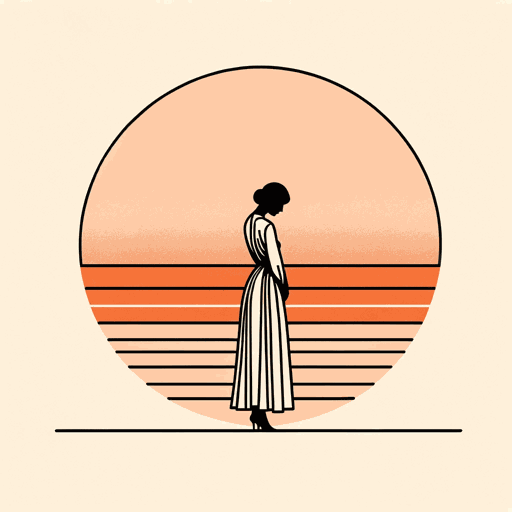
A Sunset of the City
Gwendolyn Brooks

Boy Breaking Glass
Gwendolyn Brooks

Cynthia in the Snow
Gwendolyn Brooks
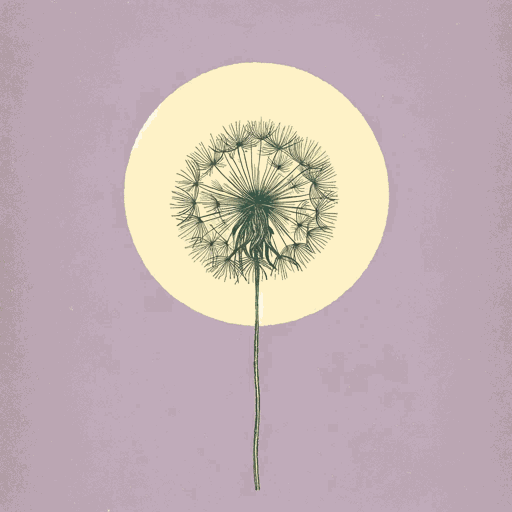
Maud Martha
Gwendolyn Brooks

my dreams, my works, must wait till after hell
Gwendolyn Brooks

Speech to the Young: Speech to the Progress-Toward (Among them Nora and Henry III)
Gwendolyn Brooks

The Ballad of Rudolph Reed
Gwendolyn Brooks

The birth in a narrow room
Gwendolyn Brooks
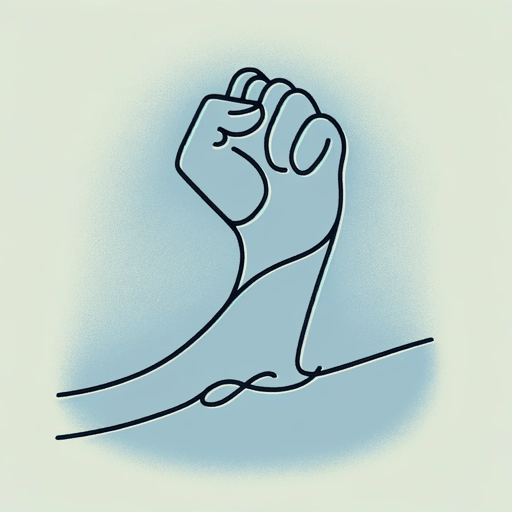
The Blackstone Rangers
Gwendolyn Brooks
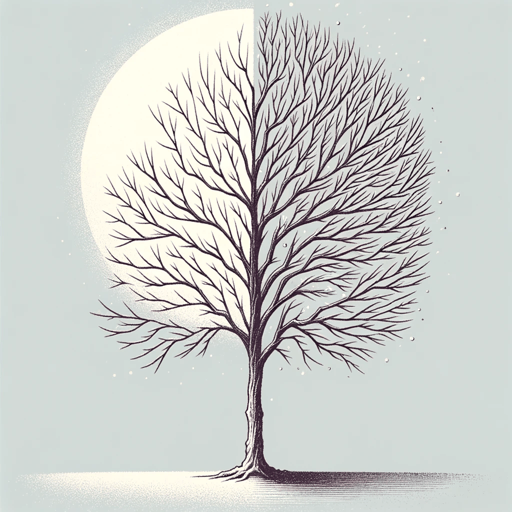
The Crazy Woman
Gwendolyn Brooks

The Lovers of the Poor
Gwendolyn Brooks
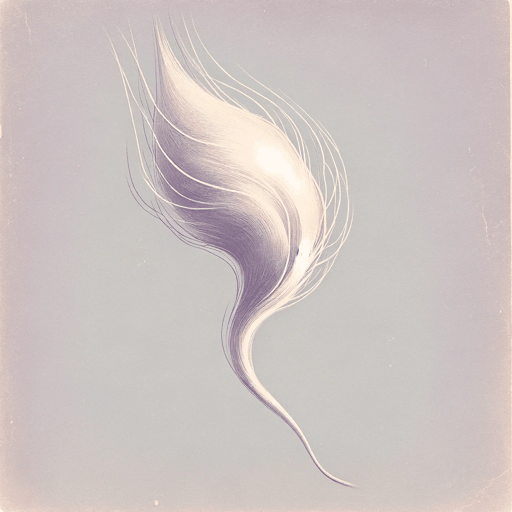
The Mother
Gwendolyn Brooks

the rites for Cousin Vit
Gwendolyn Brooks

To Be in Love
Gwendolyn Brooks

To The Diaspora
Gwendolyn Brooks

Ulysses
Gwendolyn Brooks

We Real Cool
Gwendolyn Brooks

